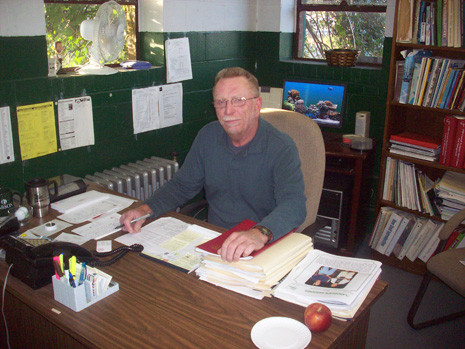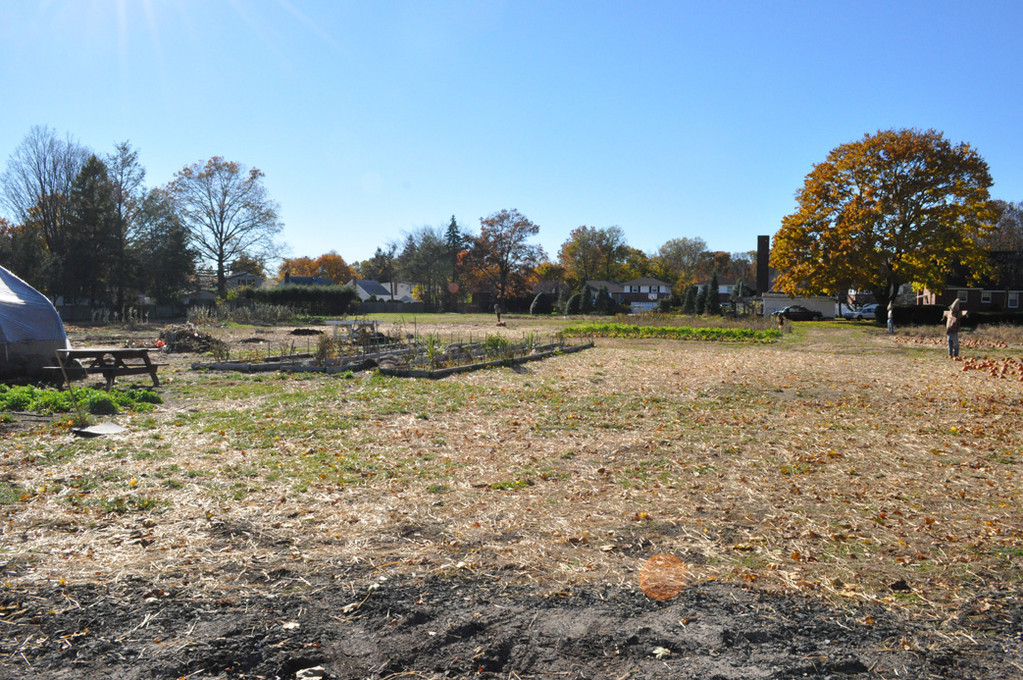A center for horticultural education in East Meadow
Cornell Cooperative Extension has plans for farm property
Virtually hidden, Cornell Cooperative Extension of Nassau County’s environmental horticulture headquarters sits behind the Eisenhower Park administration building, near the Hempstead Turnpike entrance.
A tiny single-level brick building houses the county’s center for agricultural education and research. A short walk from the building takes you to the organization’s gardens, spread out on a piece of land that amounts to about half an acre.
But visibility should no longer be an issue for CCE, which plans to move its horticultural operations to the more spacious, 2.5-acre farm property at Merrick Avenue and Luddington Road.
“This is basically a new beginning,” said Ralph Tuthill, an extension educator for CCE, who is based in the Eisenhower Park office.
The county awarded the land to CCE in October after the organization responded to its request for proposal and submitted a bid in February. Nassau County purchased East Meadow’s only farm from longtime owner Philip Mark for $2.3 million, using funds from the $150 million Environmental Bond Act passed by voters in 2004 and 2006.
The main goal of the county’s purchase was to ensure that the land would be preserved as open space. It also aimed to transform it into a hub for agricultural education.
Enter CCE.
CCE assists and educates thousands of residents a year — from the amateur wanting to learn about growing tomatoes to the seasoned gardener seeking insight on pest management.
The Environmental Horticulture Program is one of CCE’s three offices in Nassau County. The organization’s main operations and meetings are located at their offices at the Malcolm House in Jericho. Another branch, in West Hempstead, focuses on promoting nutrition and healthy lifestyles for children and adults.
CCE, established nearly a century ago, is a branch of Cornell University. The university provides research, knowledge and information to the organization, which then disseminates it to the public.













